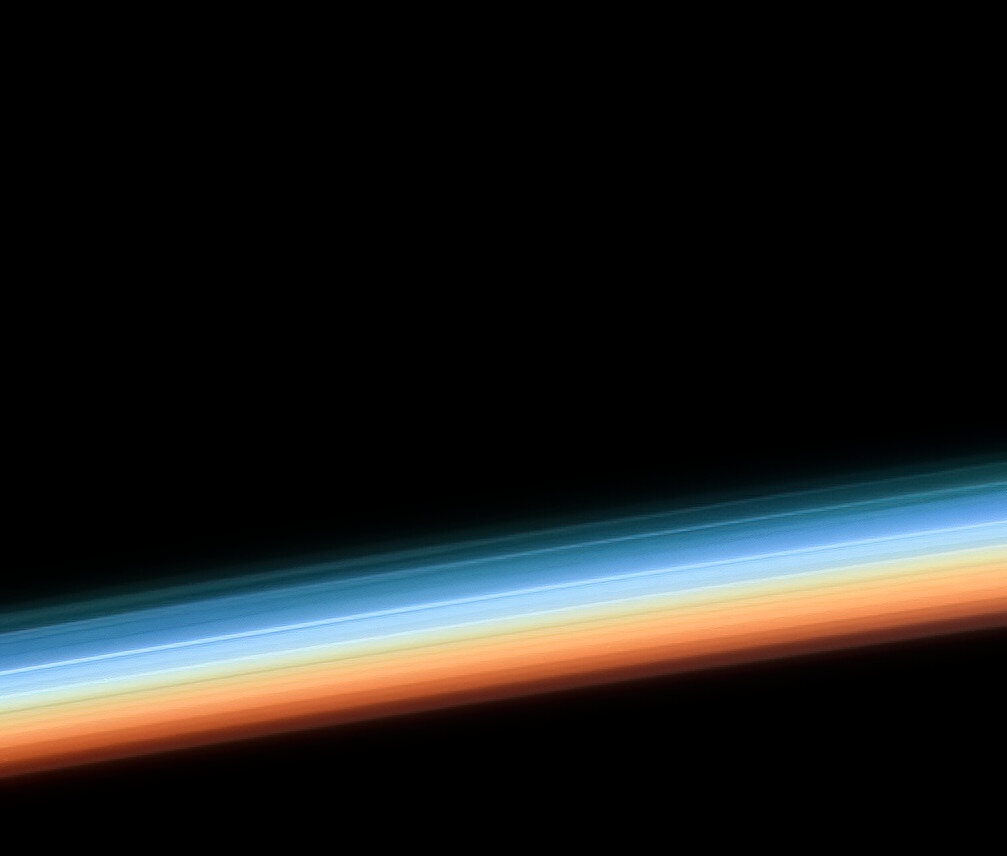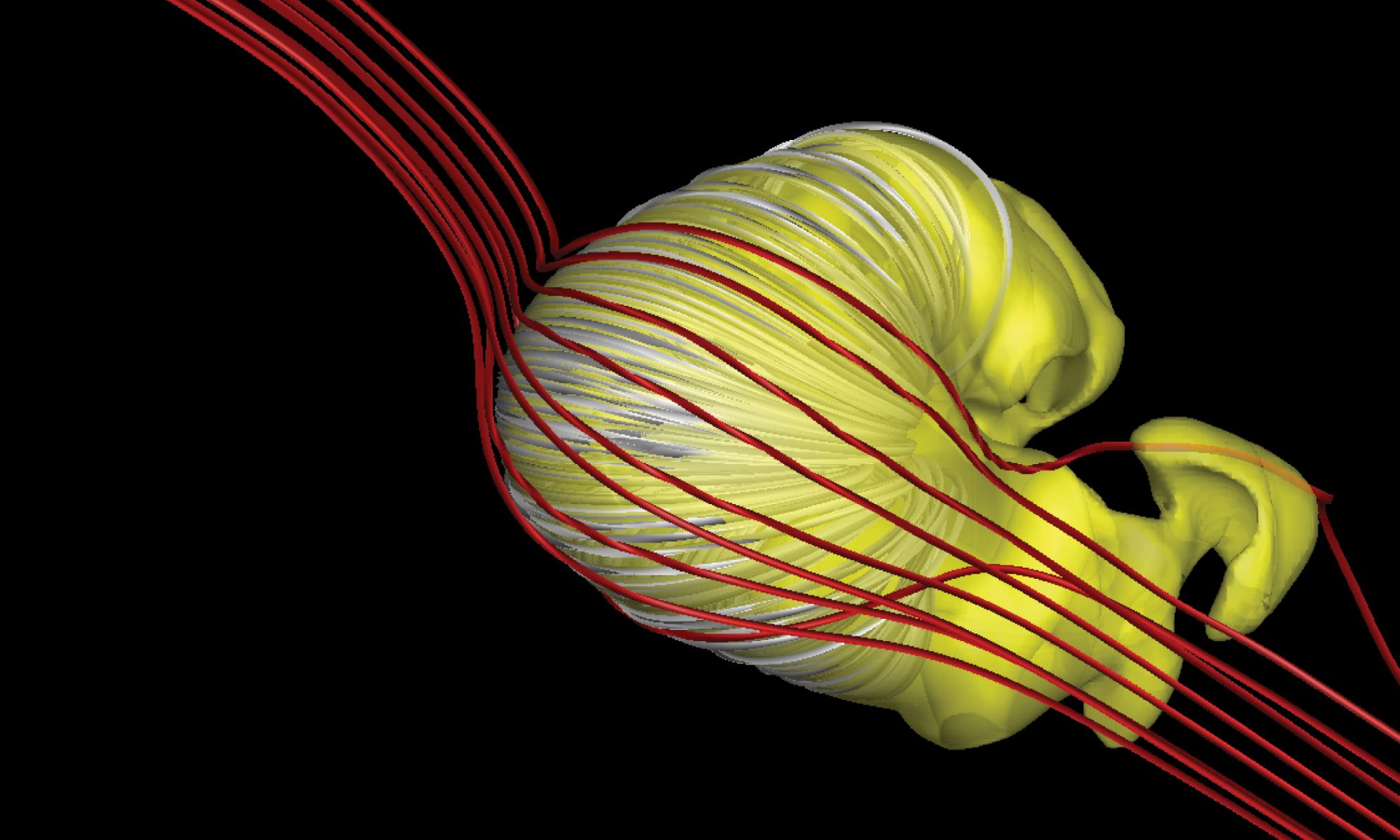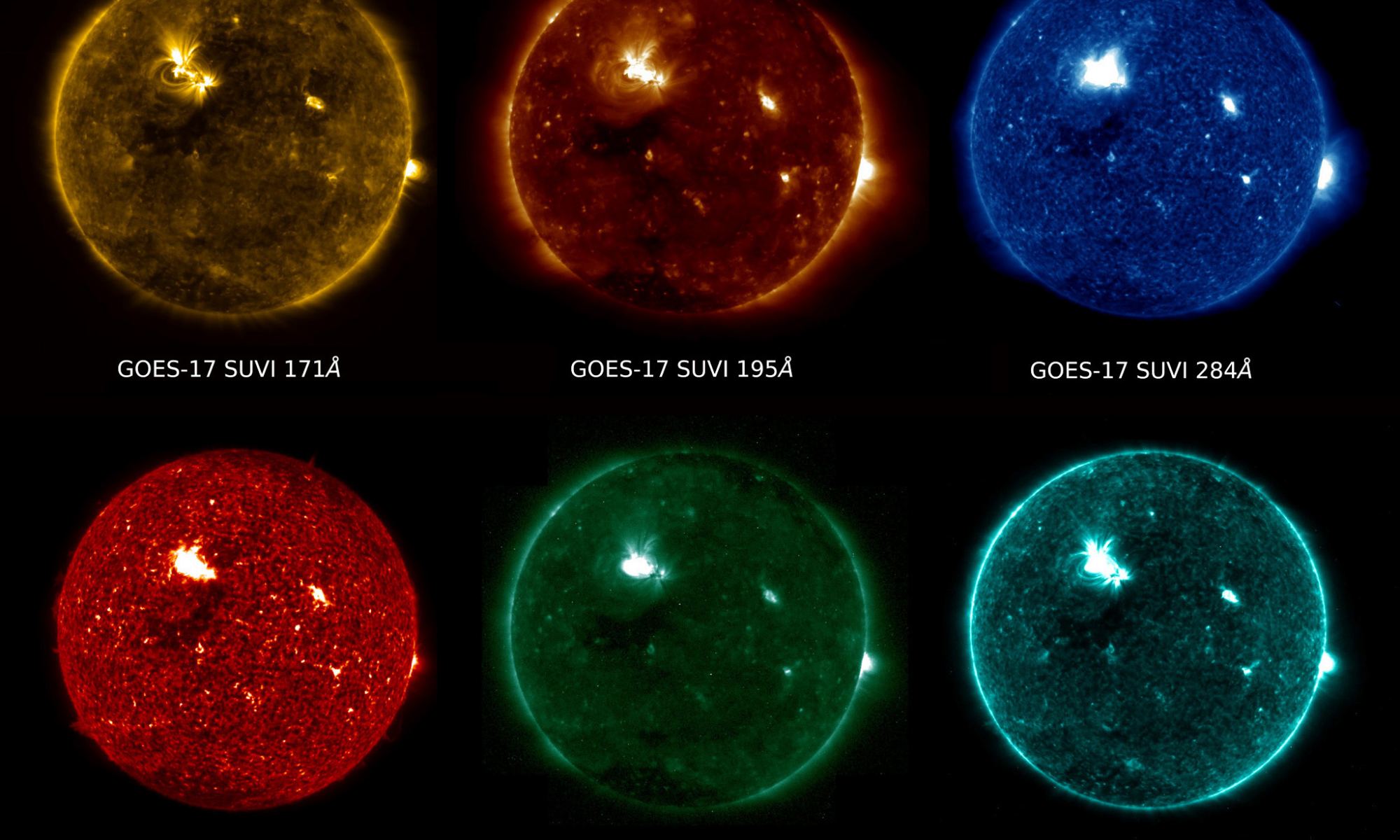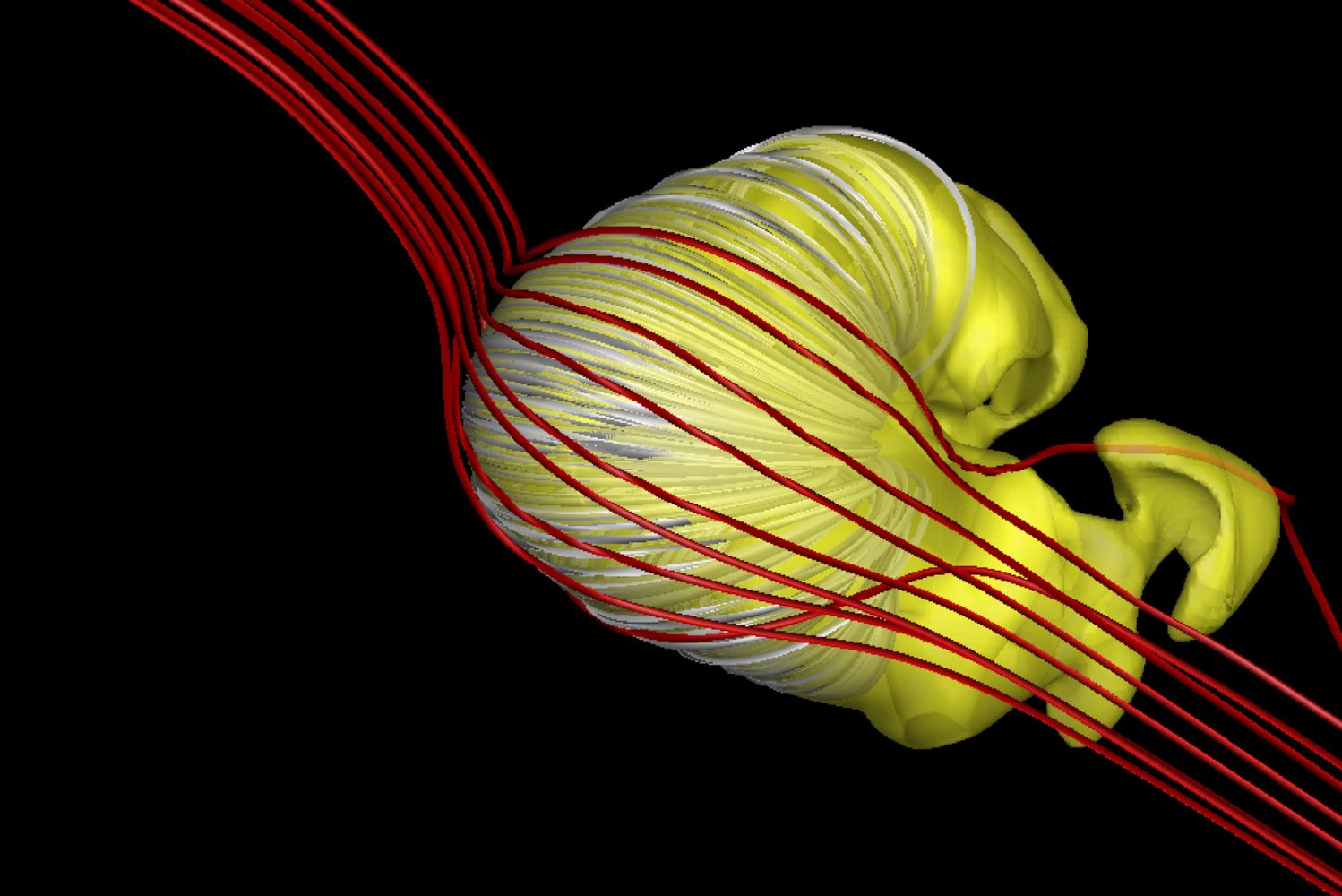Scientists have learned a lot about the atmospheres on various worlds in our Solar System simply from planetary sunrises or sunsets. Sunlight streaming through the haze of an atmosphere can be separated into its component colors to create spectra, just as prisms do with sunlight. From the spectra, astronomers can interpret the measurements of light to reveal the chemical makeup of an atmosphere.
Continue reading “Sunrises Across the Solar System”Sunrises Across the Solar System









